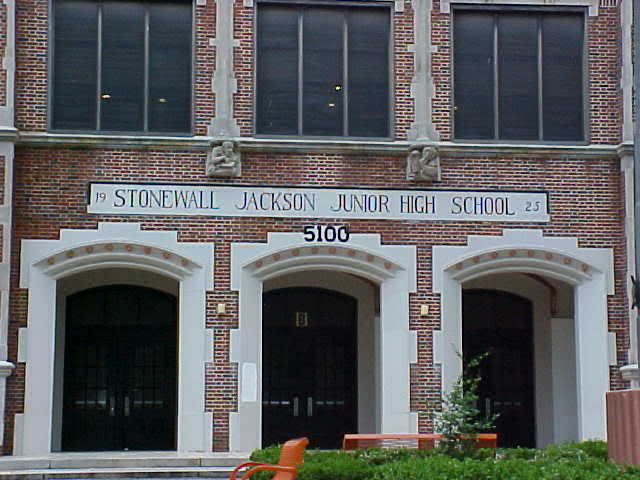The Houston Independent School District Board of Trustees voted 5-4 Thursday evening to rebrand four campuses named for historical figures associated with the Confederacy.
The board met to address renaming eight schools that bear the monikers of Confederate heroes, army officers, and others. Those campuses are Henry Grady Middle School, Richard Dowling Middle School, Thomas “Stonewall” Jackson Middle School, Albert Sidney Johnston Middle School, Sidney Lanier Middle School, Jefferson Davis High School, Lee High School, and John Reagan High School.
Trustees agreed to only rename four of the schools, those honoring Henry Grady, Richard Dowling, Stonewall Jackson, and Robert E. Lee. The Houston Chronicle reported that, although board president Rhonda Skillern-Jones included the eight schools for renaming, trustees decided not to rename campuses named for Lanier, Johnston, Davis, and Reagan to allow for more time to first meet with these school communities. These schools may be renamed eventually.
Of the four campuses set for name changes, each will form an exploratory committee that includes a diverse group of students, staff, parents, alumni, and others who will investigate and propose a new namesake for their school, according to the Houston newspaper.
In May, the superintendent will make recommendations to the board for a vote. However, it will not be current Superintendent Terry Grier presiding over that vote. Even though he strongly considered recommending that the board change campus names last summer, he abruptly resigned effective March 1, three months shy of when his contract ends in June, Breitbart Texas reported.
Last summer, Skillern-Jones, prompted by a letter from State Sen. Rodney Ellis (D-Houston), jumped on the bandwagon to rename six campuses that bore the names of Confederate leaders following the June 17 hate crime shootings of nine black parishioners in Charleston, SC. The tragedy spurned a national movement to shun symbols and historical figures that recalled the pre-Civil War South.
In September, Ellis expressed his pleasure with the board’s decision to rename these schools in a statement: “As an extremely diverse school district in the most diverse city in the nation, the names of our community schools should not lionize men who dedicated themselves to maintaining the ability of one human to own another.”
The board revised the district’s policy for naming and renaming schools and other district facilities in October. Even though the updated policy allows school board members to initiate the renaming of a building, board member Mike Lunceford stated: “Name change decisions and discussions should originate in the community and not be dictated from the board.”
Last summer, community activist Linda Scurlock, who pushed for the district to change the name of Dowling Middle School, told KHOU 11 (CBS): “For black people it stands for hate and division. It’s time to change history.”
However, parents like Pretta Vandible-Stallworth believe the debate should be less focused on school names and more on the quality of education. She told the Houston CBS affiliate: “I think if we’re going to rewrite wrongs I think that we need to change the status of how we’re educating our children in every school and I think this would be less of an issue.”
It is too early to determine how much rebranding schools will cost, according to KHOU 11. In 2013-14, the district changed four school mascot names, emblems, logos, team uniforms, related spirt, pride and booster branded materials to reflect politically correct names. That cost the taxpayers $250,000.
This more ambitious round of name changes come at a time when the district hired an independent auditing firm to investigate how Houston ISD landed with a gaping $212 million budget shortfall in its $1.9 billion bond program; the 2012 school bond was the largest in Texas history, says KTRK 13 (ABC). The KPMG audit is expected to be completed in March, after Grier’s departure.
It also comes at a time when approximately 40 percent of Houston ISD’s schools rated as failing or low performing based on poor test scores or unacceptable ratings on the Texas Education Agency’s 2016-17 Public Education Grant (PEG) list. This translates into 109 campuses, up from 86 last year, comprising the district with the most failing schools in the state.
Follow Merrill Hope on Twitter @OutOfTheBoxMom.

COMMENTS
Please let us know if you're having issues with commenting.